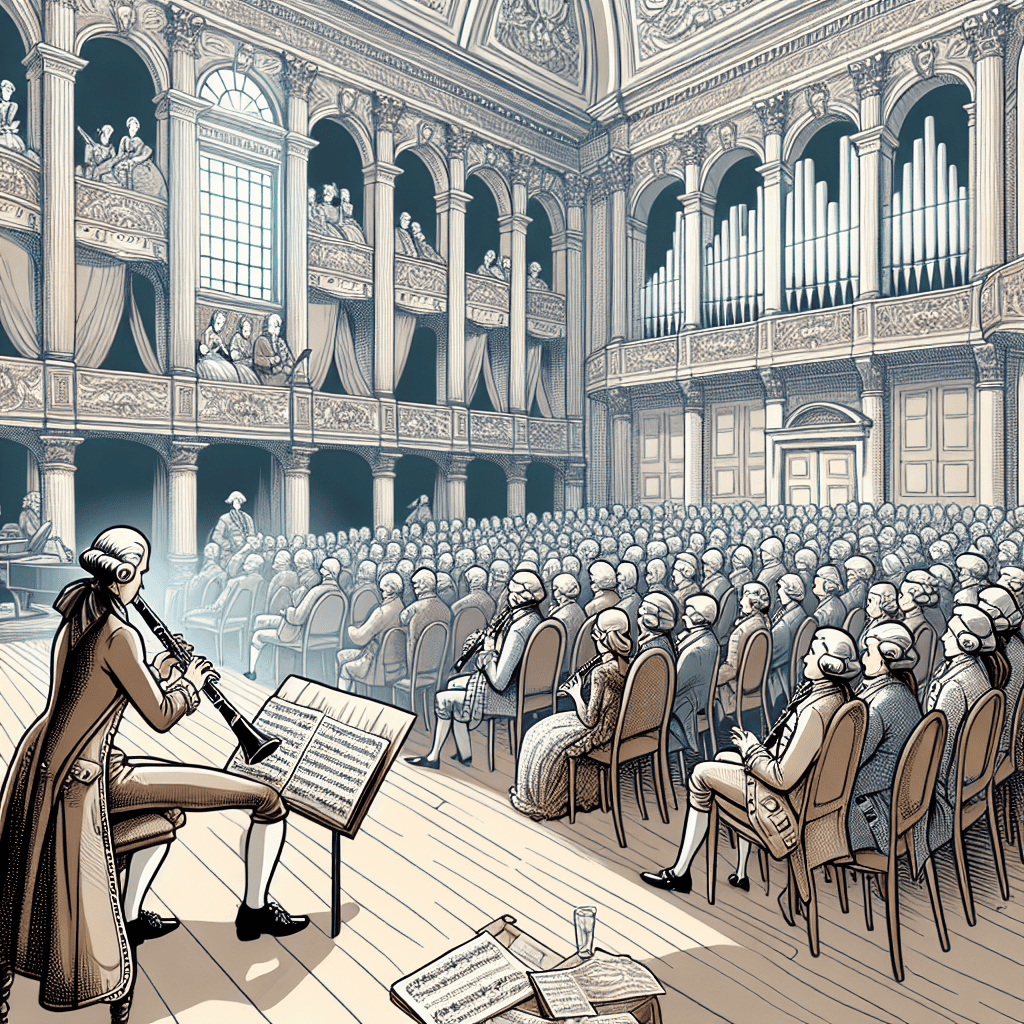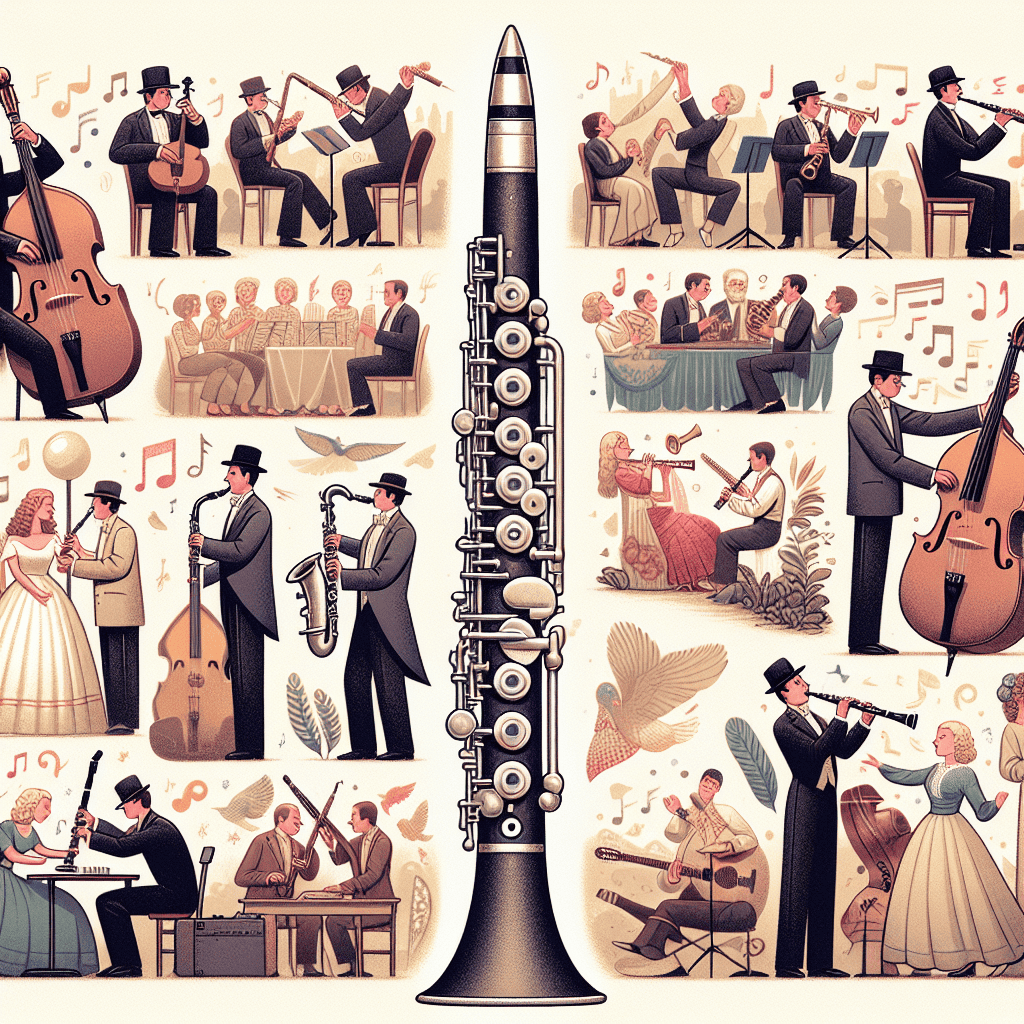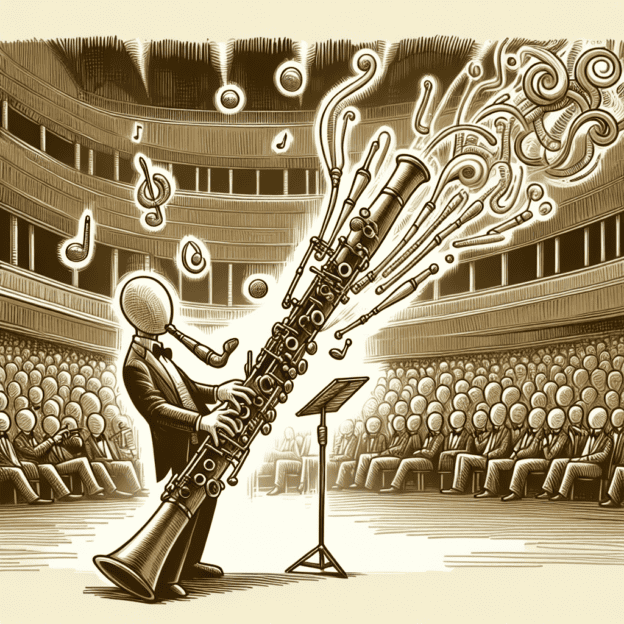The Clarinet in Experimental Music: Pushing Boundaries and Breaking Rules
The clarinet, a woodwind instrument rich in history and versatility, has found itself at the forefront of experimental music. What does that mean, exactly? It's about pushing boundaries, breaking rules, and discovering new sonic territories. From the classical masters to today's avant-garde pioneers, the clarinet has constantly evolved, making it a favorite among innovative artists.
Anton Webern: Revolutionizing Clarinet Music
Anton Webern's work, particularly his Four Pieces for Clarinet and Piano, explores the instrument's expressive capacity. Webern's compositions represent a departure from traditional practices, embracing a more abstract, atonal aesthetic. These pieces highlight the clarinet's potential for creating intricate textures and colors—an area every clarinetist should consider exploring!
The Art of Multiphonics
One of the most fascinating aspects of the clarinet's role in experimental music is the use of multiphonics. This technique allows players to produce multiple pitches simultaneously, adding depth and complexity to performances. Renowned clarinetists like Wolfgang Fuchs have perfected this method, demonstrating how the clarinet can transform into a multi-dimensional sonic powerhouse. Picture the unique, almost otherworldly sounds that fill a concert hall when multiphonics are employed!
| Technique | Description | Effect |
|---|---|---|
| Multiphonics | Producing multiple pitches simultaneously | Rich, complex layering of sound |
| Flutter tonguing | Rapid tongue movements creating a “flutter” effect | Tremolo-like texture |
| Whisper tones | Very soft, airy sounds | Ethereal, ghost-like quality |
Getting Started with Multiphonics
Starting with multiphonics might seem challenging at first, but with proper guidance and practice, it becomes more manageable. Beginners can start with basic fingerings and gradually progress to more complex sounds. Remember to maintain a relaxed embouchure while experimenting. If you haven't tried it yet, now's the perfect time to take on the challenge and experience the excitement it brings to your playing.
Michael Gordon's “Graffiti”: Pushing Clarinet Capabilities
Michael Gordon's piece Graffiti uses the clarinet's capabilities in innovative ways. This composition showcases not only the flexibility of projection but also presents the clarinet as a multi-timbral instrument capable of producing a wide range of effects. Listen closely, and you'll hear how Gordon skillfully incorporates the clarinet into the fabric of the piece—creating layers of sound that captivate the audience throughout.
Creating Emotional Connections through Extended Techniques
The clarinet's ability to forge an emotional connection with listeners is remarkable. Consider pieces that incorporate extended techniques, such as flutter tonguing and whisper tones. These unique sounds can evoke unexpected emotions and grab the audience's attention. It's worth considering: how might you integrate these techniques into your next performance?
Jazz and Experimental Clarinet: A Perfect Match
Jazz, a genre known for its exploratory nature, plays a significant role in the clarinet's experimental applications. Legends like Sidney Bechet brought the clarinet to life with thrilling improvisations that mesmerized listeners. His ability to blend traditional jazz with experimental influences paved the way for countless musicians. Next time you're at a jazz jam session, don't hesitate to add some experimental flair to your improvisation!
Contemporary Clarinetists Breaking New Ground
Now that we've covered some historical context, let's focus on contemporary clarinetists who are pushing boundaries today. Musicians like Claire Chase are at the forefront, constantly seeking ways to incorporate technology and electronic elements into performances. Chase's fusion of classical training and experimental genres exemplifies the spirit of curiosity and innovation that today's musicians should strive to emulate.
The Right Tools for Experimental Exploration
When exploring experimental techniques, having the right equipment is key. High-quality instruments, such as those from Martin Freres, offer a more refined sound. The expert craftsmanship of a Martin Freres clarinet enables players to navigate various styles effortlessly. Choosing an instrument that aligns with your specific needs and preferences can significantly enhance your artistic expression. Whether you're in the market for a classic model or looking to try something new, having the right gear can make a world of difference.
Embracing the Experimental Spirit
In conclusion, the clarinet in experimental music offers a wide array of creative possibilities. Through multiphonics, extended techniques, and the inspired works of composers, this instrument continues to play a vital role in contemporary music. Why not grab your clarinet and start exploring these techniques? You might uncover new aspects of your playing that you never knew existed!
Table of Contents
- Introduction
- Anton Webern: Revolutionizing Clarinet Music
- The Art of Multiphonics
- Getting Started with Multiphonics
- Michael Gordon's “Graffiti”: Pushing Clarinet Capabilities
- Creating Emotional Connections through Extended Techniques
- Jazz and Experimental Clarinet: A Perfect Match
- Contemporary Clarinetists Breaking New Ground
- The Right Tools for Experimental Exploration
- Embracing the Experimental Spirit







